When you pick up your shiny new iPhone 17 or iPhone Air, the last thing you expect is for one of its marquee features to refuse to work. Yet that is exactly what happened to users across the globe when Apple Intelligence decided to take an unscheduled vacation. The bug blocked users from accessing core AI features like Genmoji, Image Playground, and Writing Tools, essentially rendering their premium devices partially neutered. Apple's latest AI-powered capabilities represent a fundamental part of the iOS 26 experience, which made the glitch especially frustrating for early adopters who upgraded for those cutting-edge tools.
The timing could not have been worse for Apple’s reputation. These devices launched almost three weeks ago, which meant the company’s most enthusiastic customers, the folks who drive word of mouth and social buzz, were left without the very capabilities Apple had positioned as the future of mobile computing. Fortunately, Apple has now implemented a server-side solution that should restore functionality to affected devices.
What went wrong with Apple Intelligence?
The problem showed up in two particularly maddening ways. Some users could not download Apple Intelligence at all, while others found the software would download but remain locked and unusable. Paying flagship prices for a device that cannot deliver on its core promises is a gut punch.
The scope was not small. Reports indicate the issue affected a limited number of users across the new models (iPhone 17, iPhone Air, iPhone 17 Pro and iPhone 17 Pro Max). This was not an edge-case bug. It was systemic, and it somehow slipped past Apple’s usually rigorous testing for an entire lineup.
The experience was confusing and pointed to deeper infrastructure trouble. Some users found themselves in a loop where their devices would repeatedly prompt them to download Apple Intelligence, despite some users reporting ~6.59 GB being shown for Apple Intelligence in device storage. Imagine constant notifications to download something that is already sitting on your phone, taking up gigabytes, yet completely inaccessible. That kind of contradiction suggests a breakdown in communication between devices and Apple’s servers, not just a bad download.
What made it worse was that it cut into the core pitch for these phones. The issue prevented users from accessing Apple's latest AI-powered features, which form a core part of the iOS 26 experience. If you upgraded for AI and the AI is missing, the whole purchase starts to feel shaky.
How Apple quietly rolled out the fix
True to Apple’s crisis playbook, the company addressed the issue with minimal public acknowledgment using a server-side update. The Cupertino company deployed an automatic fix that does not require any user intervention, no downloading, no manual installation, just background magic. It is a reminder of how cloud dependent our so-called smart devices have become. Even fixes now arrive invisibly through backend tweaks.
The approach fits the suspected cause. The issue appears to have been related to Apple's backend systems rather than the iOS software itself. That would explain why some users could temporarily work around the problem by switching from cellular to Wi‑Fi or changing language settings, actions that likely triggered different server paths and sidestepped whatever was broken in Apple’s infrastructure.
Apple’s communication was, as usual, restrained. Apple support staff was aware of the issue and working on a solution, but since Apple has yet to issue a public statement about the bug, the cause remains unclear. Should customers paying top dollar get a clear explanation when core features break? Hard to argue otherwise.
The server-side rollout underscores both sophistication and fragility. Apple can now push fixes without a full OS update, yet it also shows how much “local” functionality really relies on remote servers working perfectly.
What this means for the Apple ecosystem moving forward
This incident exposes a tension in Apple’s AI story, marketing promises versus infrastructure reality. The fact that a server-side glitch could completely disable premium features on flagship devices clashes with the privacy-focused, on-device narrative. Local processing is part of the picture, just not the whole picture.
The long runway to resolution raises questions about response speed. It is perplexing that iPhone 17 users could not access the entire suite of Apple Intelligence features, and it took Apple so long to roll out a fix. For buyers who chose these phones for AI, a three-week wait to restore core functionality feels like a breach of the premium promise.
All of this landed during what should have been a victory lap. The iPhone 17 series is reportedly experiencing stronger than expected demand from consumers, which makes the AI stumble particularly rough on momentum. Early adopters turn from cheerleaders into skeptics fast.
There is also a revealing market subplot. While three of the four models are performing well, some industry reports suggest the iPhone Air is seeing weaker initial demand than other models; this remains subject to confirmation. Whether the AI troubles hit iPhone Air users harder or the ultra-thin approach just is not landing remains an open question about consumer taste in the AI era.
The bigger picture: AI integration challenges
Here is the uncomfortable truth this episode surfaces about consumer tech. The gap between the marketing and the machinery is wider than companies admit. A server-side fix is flexible and convenient, yes, but it also reveals how much of what people think they are buying, especially “intelligent” features, depends on invisible backend systems behaving.
That dependency changes the deal we make with our devices. We are moving from buying hardware with guaranteed functionality to owning phones whose core features can blink out because of server problems thousands of miles away. Premium, but contingent.
For users who were hit, there is relief. The fix should restore full functionality to their Apple Intelligence features without requiring any manual intervention. The automatic background update means affected users should see Genmoji, Image Playground, and Writing Tools working again without lifting a finger.
But as AI becomes central to the phone experience, reliability becomes the whole ballgame. As Apple pushes toward its goal of reaching 250 million devices with comprehensive AI capabilities, incidents like this shift from isolated bugs to trust questions that could shape how people feel about AI-first devices.
There is a silver lining. Apple’s server-side fix capability means future infrastructure issues can be resolved faster, without waiting for a full iOS update cycle. It also means our increasingly expensive phones are more dependent than ever on backend systems we cannot see, control, or predict. Something to keep in mind the next time a marquee feature goes quiet.






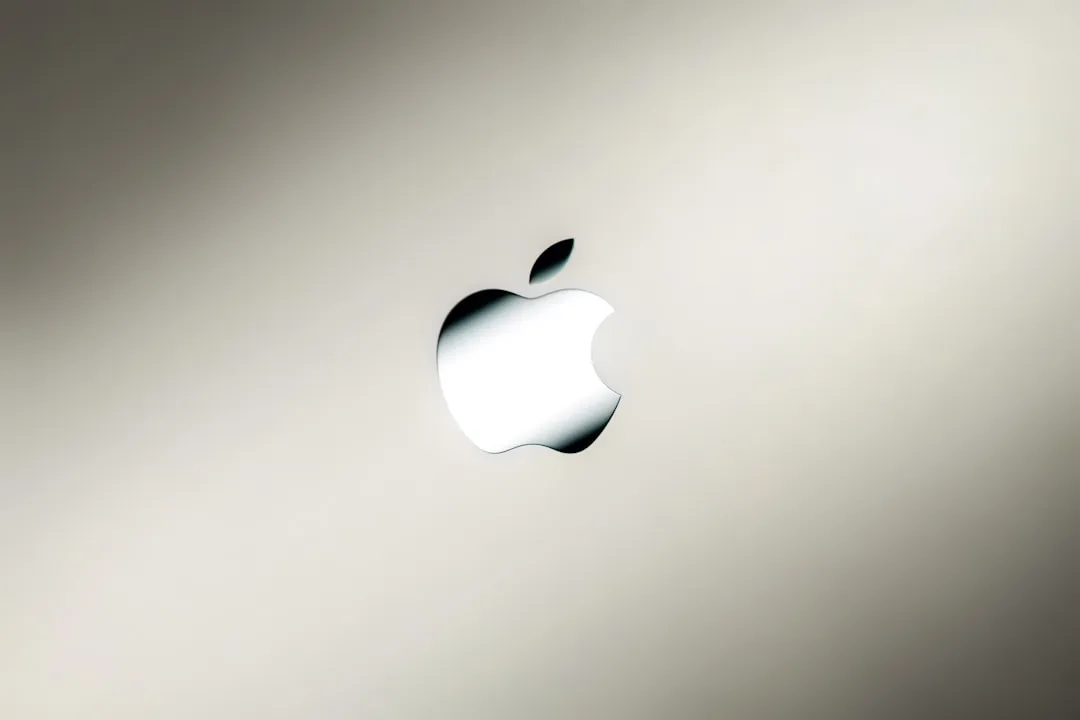
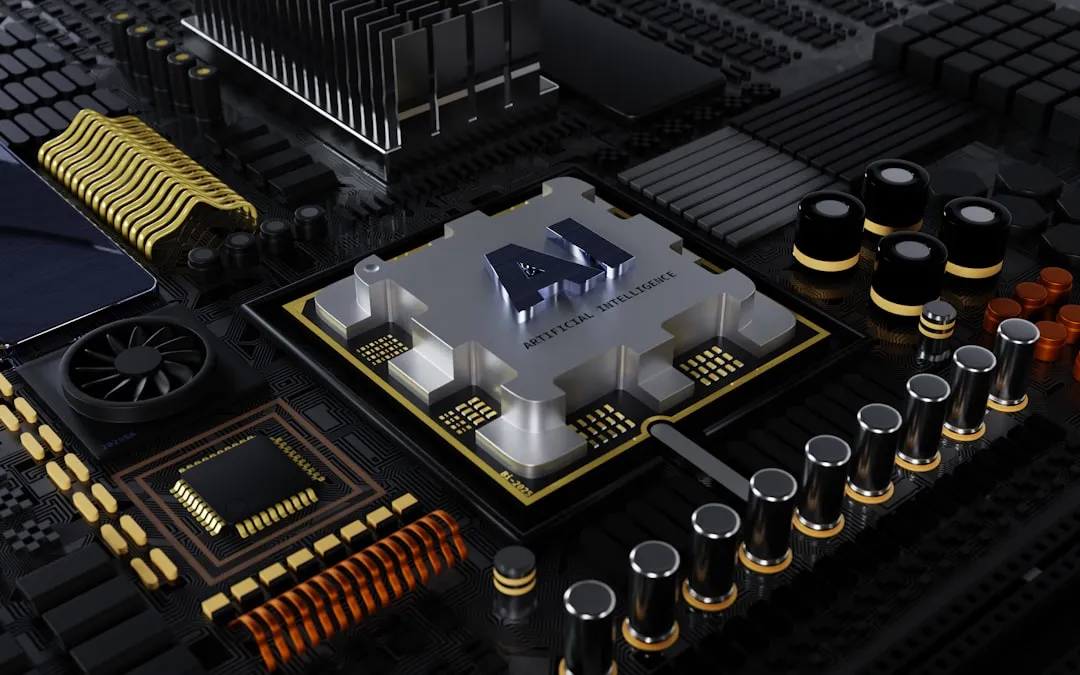
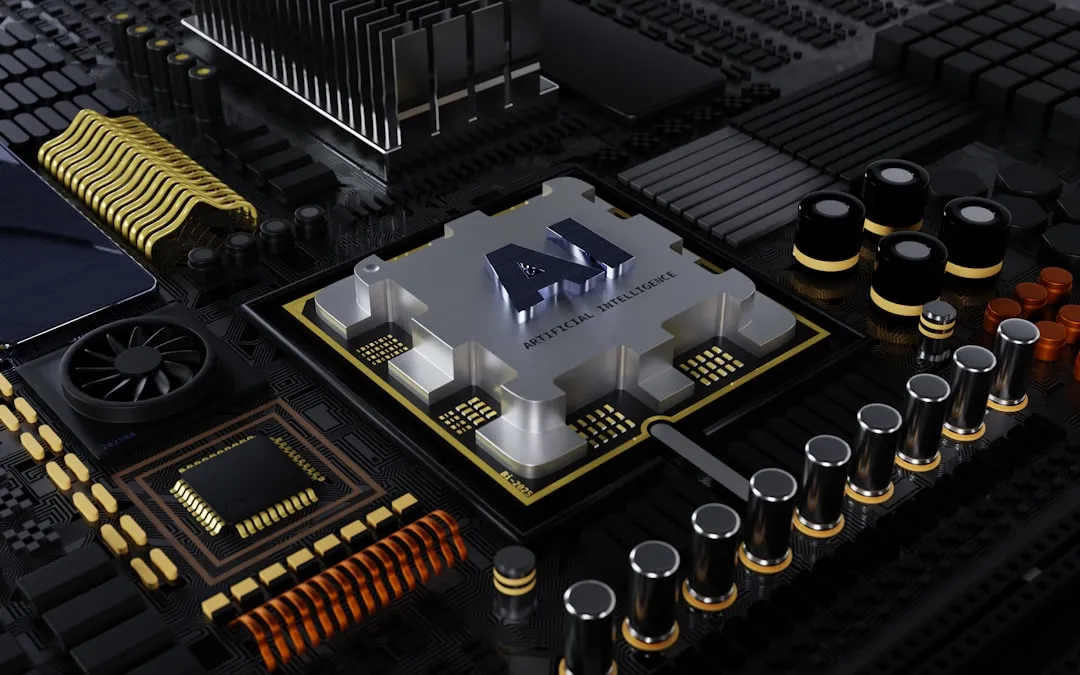
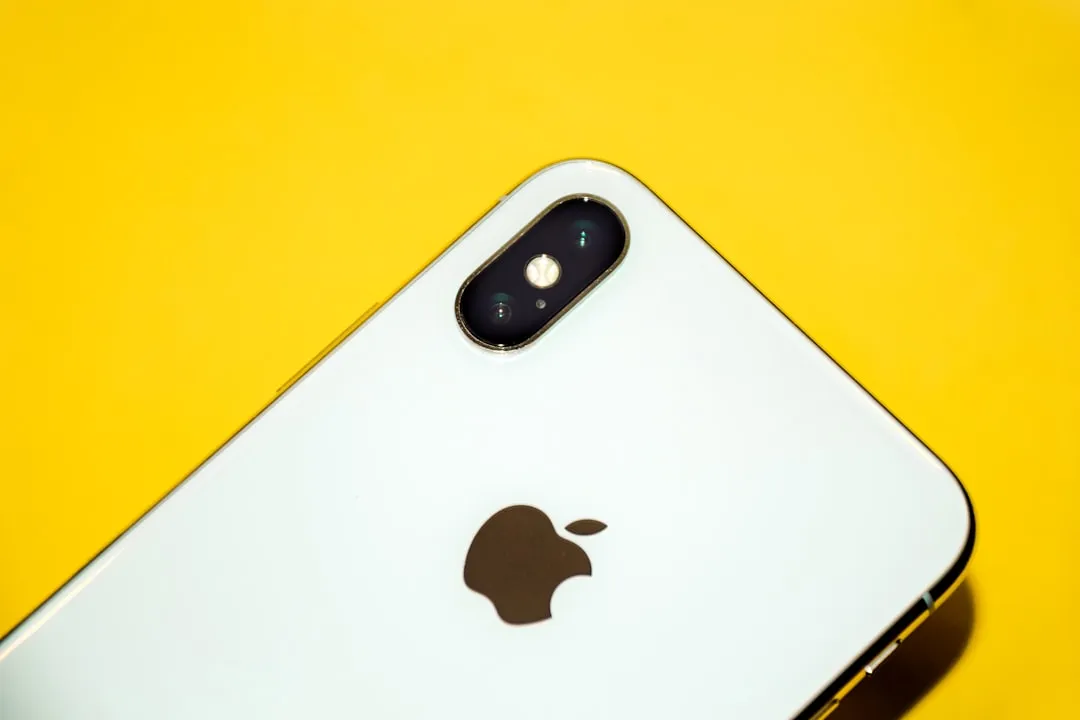

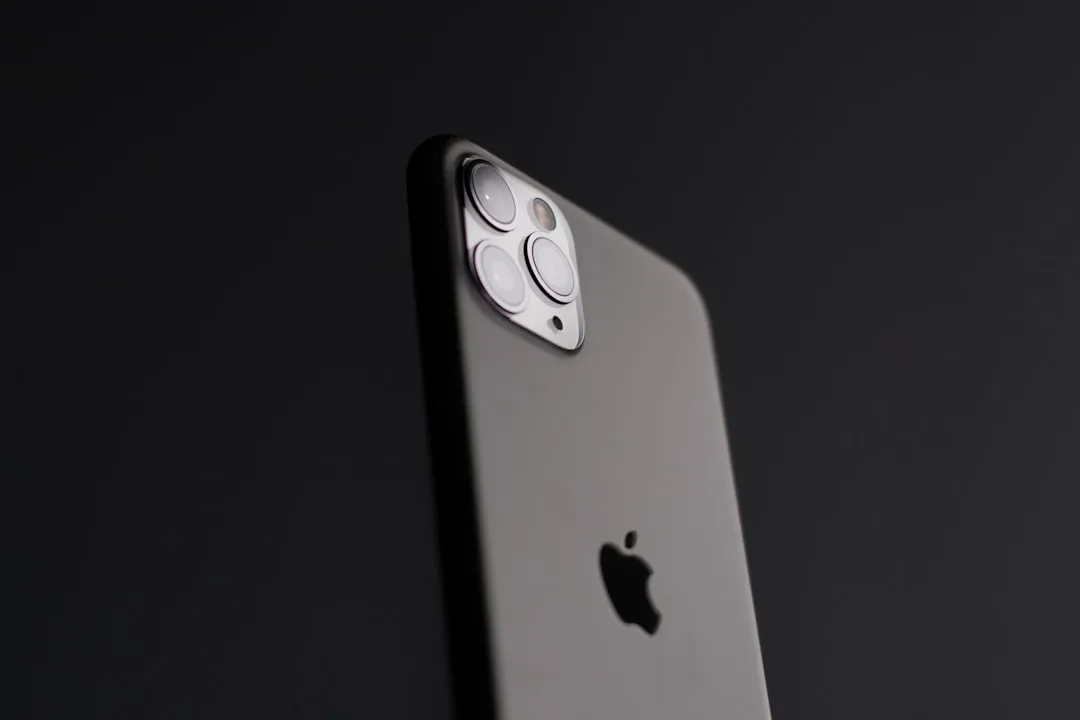


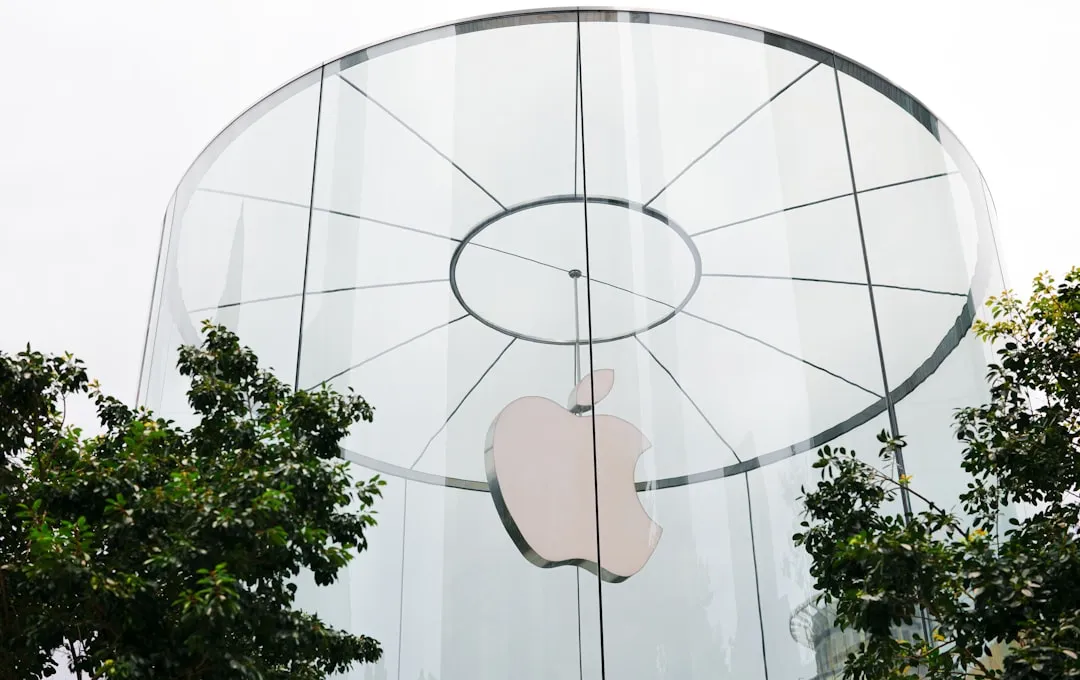
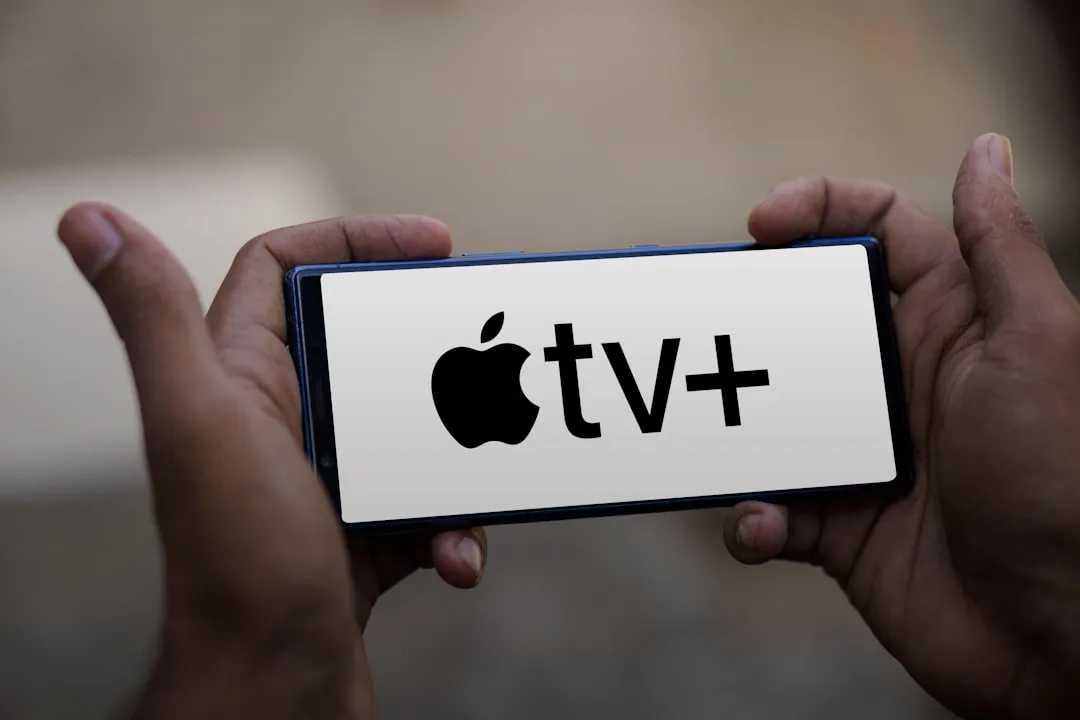
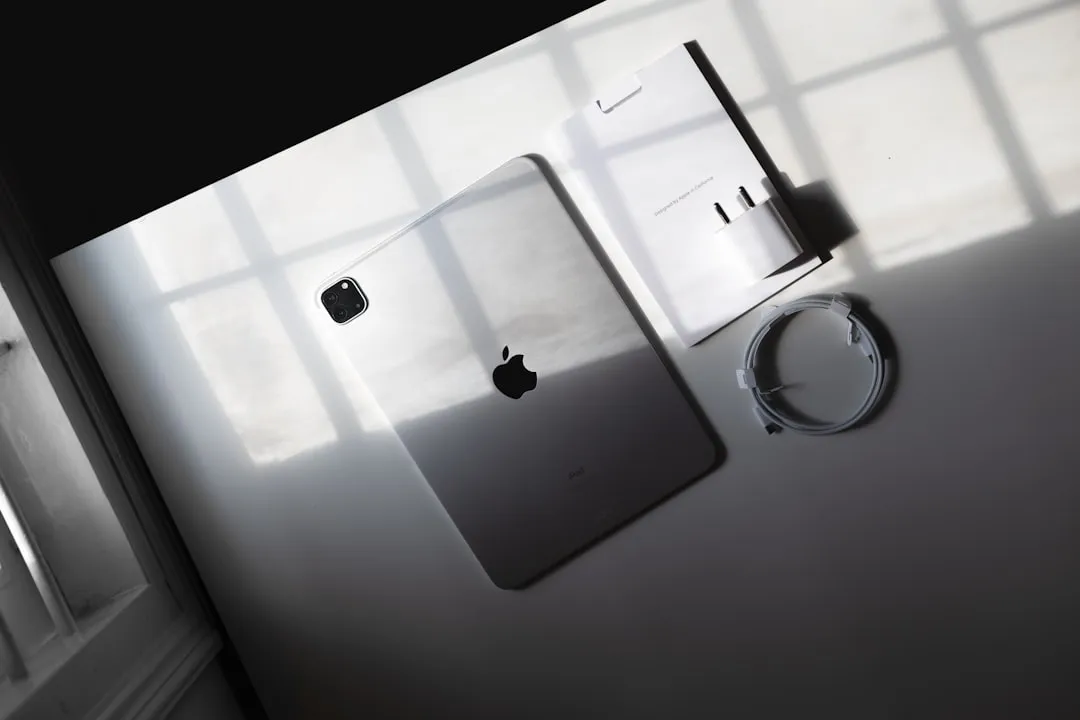

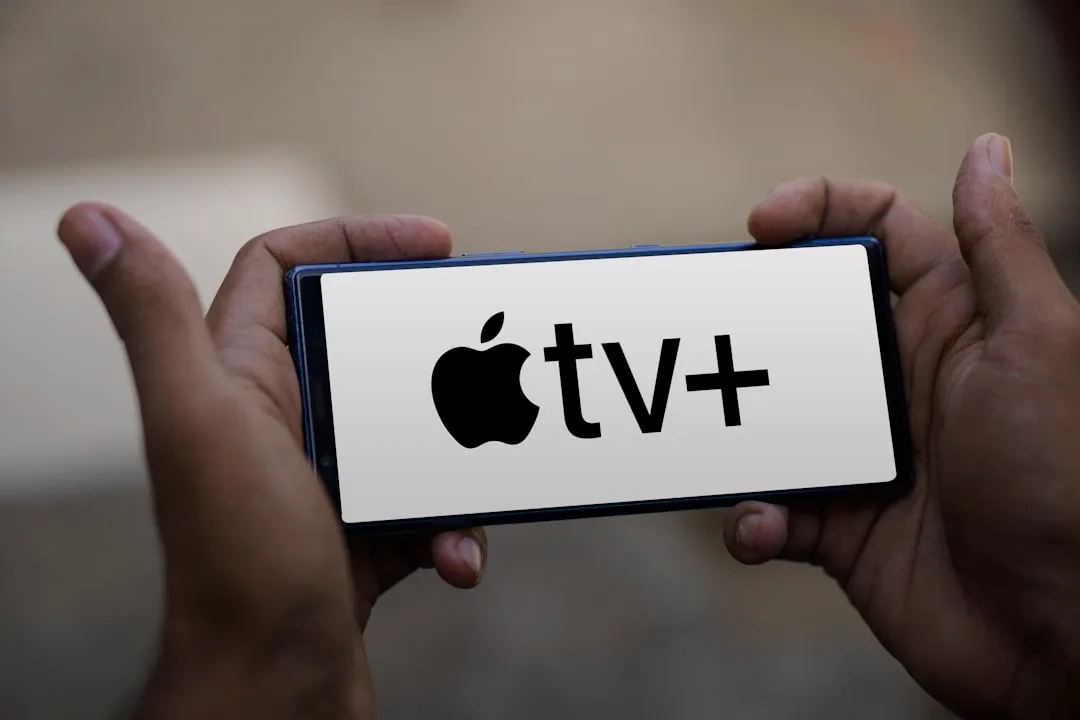

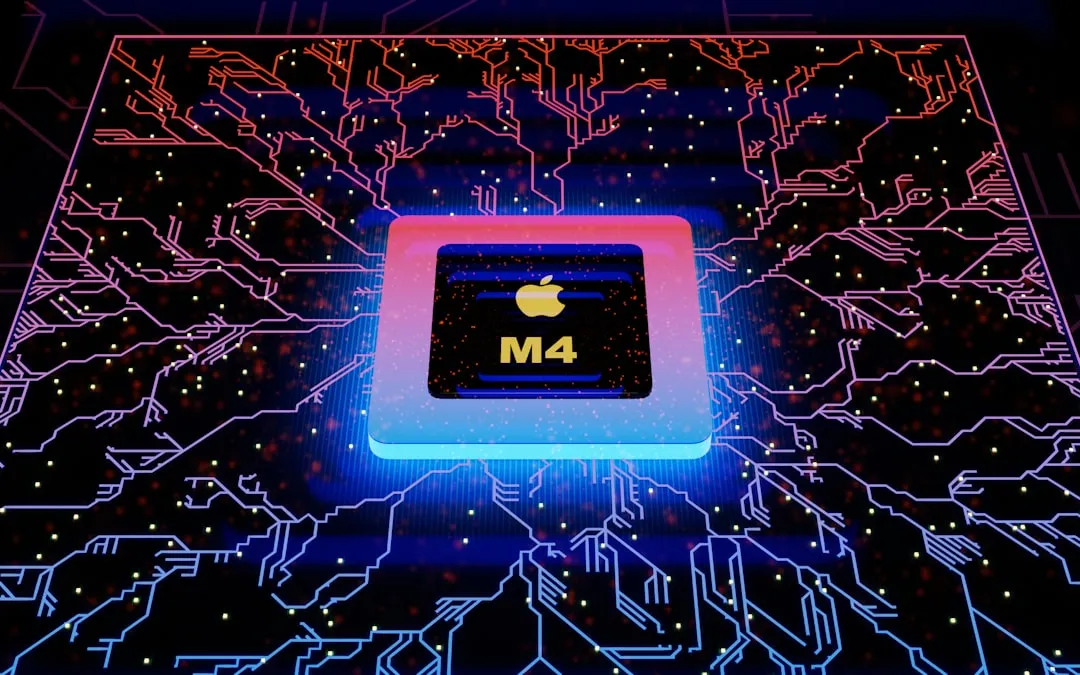
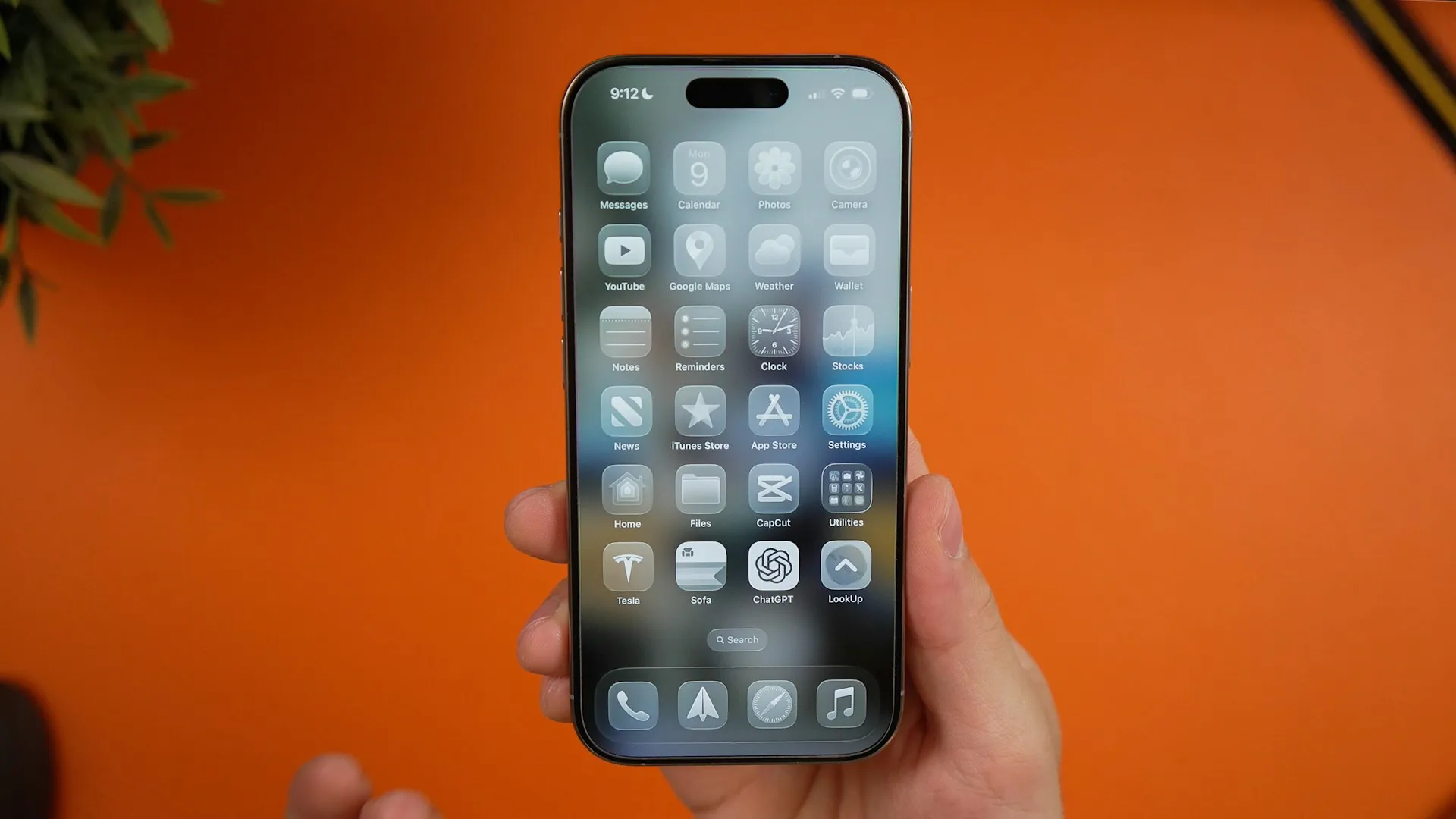

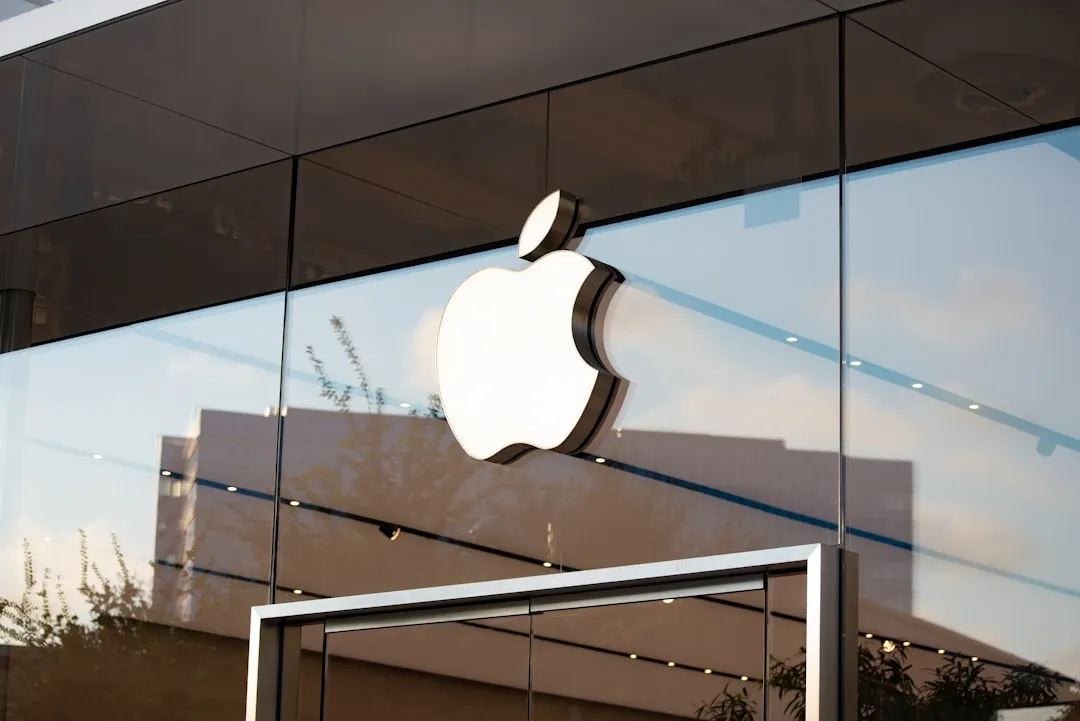



Comments
Be the first, drop a comment!